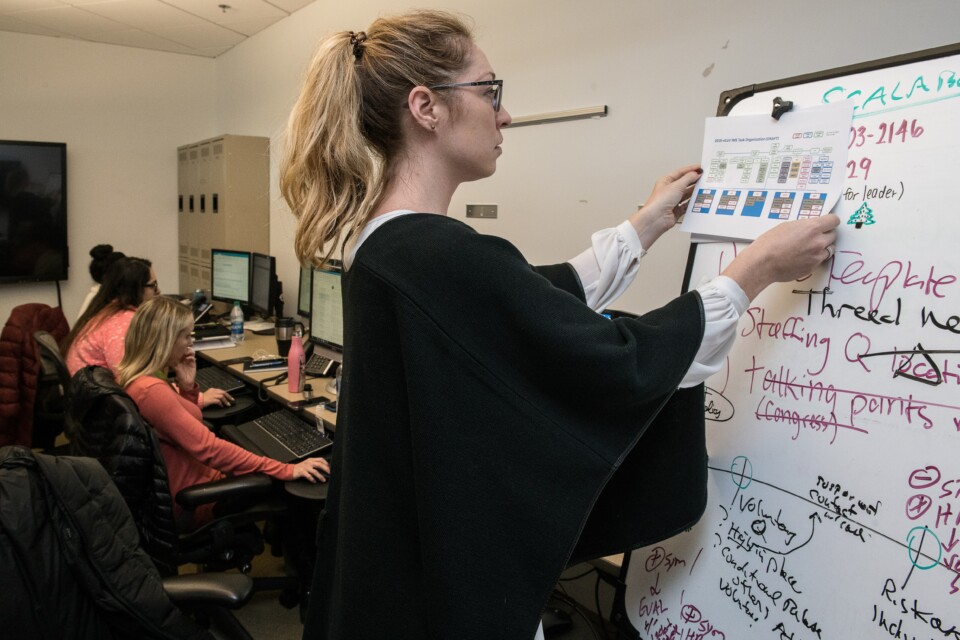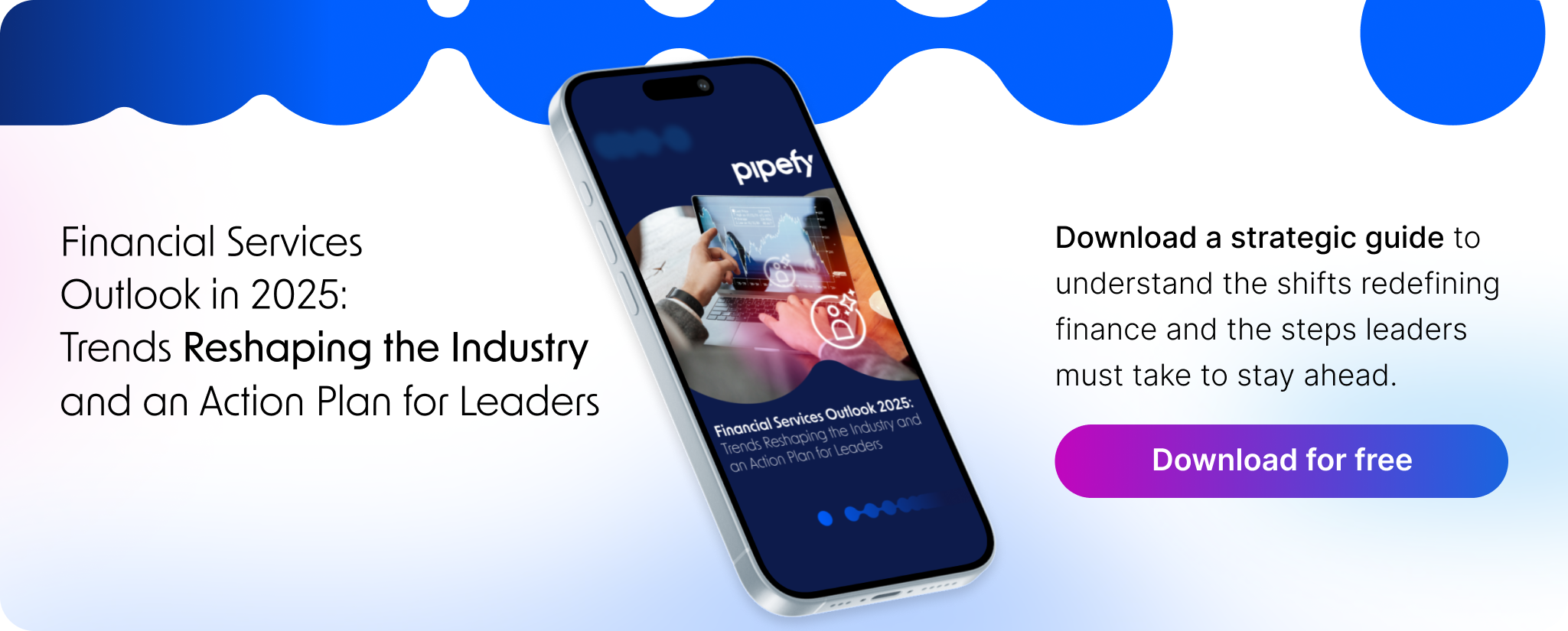
When we talk about connecting departments in a business organization, integrating Human Resources and IT operations may not seem to be a top priority. It is, however, critical to your overall business operations.
IT actually plays an integral role in employee onboarding and offboarding logistics. Let’s take a closer look at why you should have a direct and automated connection between your HR and IT teams.
Optimizing Communication from HR to IT
The HR department carries the majority of the recruiting, onboarding and off-boarding tasks. But, when a new employee joins a company, they’ll need some required equipment that is assigned by the IT department.
Computer equipment, pre-configured software, access and security measures are all configured by IT as a part of the employee onboarding journey. Oftentimes organizations don’t have a clear or direct line of communication with HR and IT which results in delays in the onboarding process. Latencies in your processes mean money wasted and a negative experience for your new employees.
The same can be said for offboarding an employee when the reverse process needs to be executed. When an employee leaves or retires from a company, IT will need to collect any assigned property and limit access to company tools and information. There needs to be a clear line of communication to execute on this requirement.
Reducing Friction for IT Security
What we hear most often from IT departments is that requests from HR often come in with very little lead time. This leaves IT resources under pressure to order equipment, request licenses or configure tools and software with little to no notice. Additionally, these requests often come in via email or chat tool, which, if not addressed immediately, are at risk of getting lost in the shuffle of day to day work and shifting priorities.
It’s similar to an offboarding scenario. In this case, IT is under great pressure to protect important, private or proprietary information. Having tight alignment with HR is critical to collecting company equipment to reduce or eliminate the possibility of sensitive information getting into the wrong hands. Information security is not something to take for granted.
5 tips to improve your communication flow with Pipefy
Having centralized and automatic communication between HR and IT is essential to keep both teams aligned and avoid human error. Here are five tips to improve communication between these to departments:
1 – Keep track of your lead time to predict next steps
Manage hire-to-retire HR processes on a single platform and evaluate data to improve your SLAs. Leverage Pipefy’s Dashboards and Reports to measure how many days you usually spend in a particular phase of your process to learn how you can optimize or make improvements.
For example, when you open a new position for your team, how long does it usually take for you to hire someone? If your average recruiting time is two weeks, then you should communicate your onboarding needs to IT within that same timeframe.
2 – Automate information handoff
The best-laid processes often fail because of human error or a lack of communication. Automating hand-offs is an excellent solution to this common issue. Consider the recruiting example again. With Pipefy, your HR team can trigger an automated email to IT when a new employee is hired.
This email can be customized to fit your company’s needs and be configured to include any pertinent information. This way, the IT department will have enough time to purchase, prepare and configure any required equipment to complete the onboarding process.
3 – Connect Employee Offboarding to IT Requests
After HR, the IT department needs to be one of the first teams notified of an employee’s departure from your company. This way, they can turn off access to proprietary information and collect company equipment
The best way to ensure optimal and timely communication is by connecting processes. Running your employee offboarding processes in a single place allows you to notify the IT team automatically. This means you’ll have an error-proof process to make sure equipment and information remain secure.
4 – Create Service Level Agreements (SLAs) between teams
When connecting teams and processes, we recommend establishing SLAs (Service Level Agreements). This sets goals and expectations for each team in a process. With Pipefy, you can create SLAs to control the time it takes for the IT team to process each type of request from the HR team. This simple change will improve the communication flow between departments and ensure accountability for timelines and standards.
Once the SLA’s are set the HR manager can rely on their standardized process instead of sending emails or messages to the IT team about a request. All requests are centralized on a single platform where the HR team can check the status in real-time or receive automatic updates.
5 – Measure to improve
What’s not measured, cannot be improved. If you have created SLAs for each type of request, you can measure and improve your processes. Identify which requests are going beyond the SLA requirements? Which team member is being the most efficient? How can you improve your workflow?
To answer any of these questions you need to collect data. Creating dashboards to track and measure these indicators and identify bottlenecks is essential, especially if you want to show good results. Measuring and improving processes needs to be a cycle.
–
With Pipefy, your HR and IT departments can optimize communication, define custom processes, set SLA’s, and analyze your processes through custom dashboards. With our no/low-code platform, integrating teams has never been easier!










